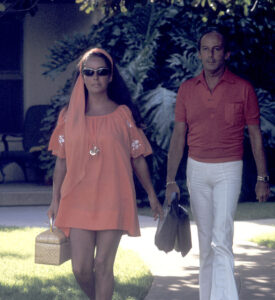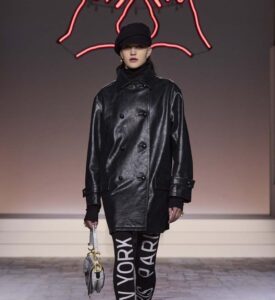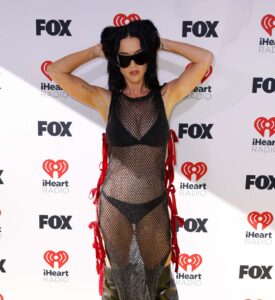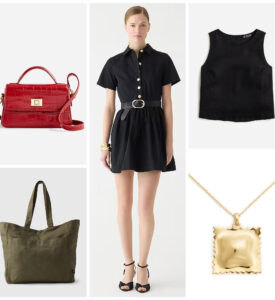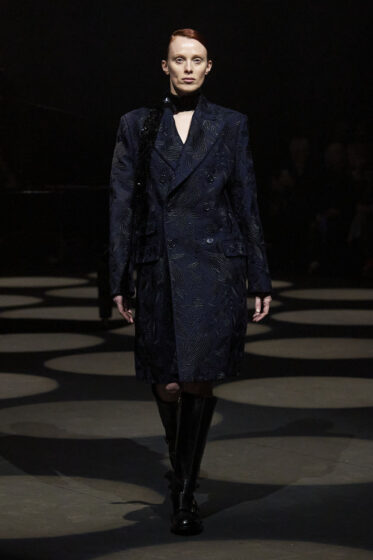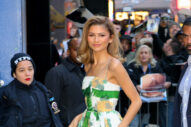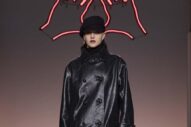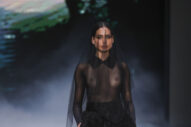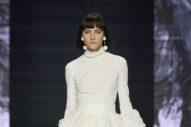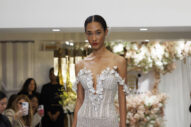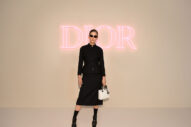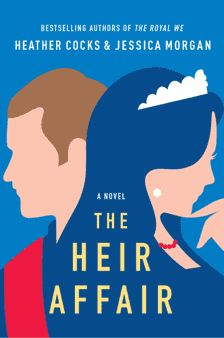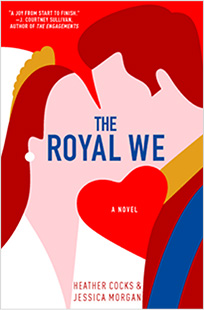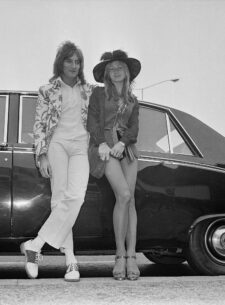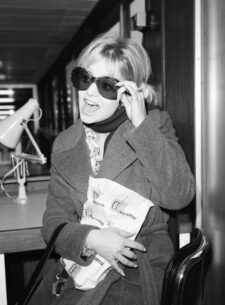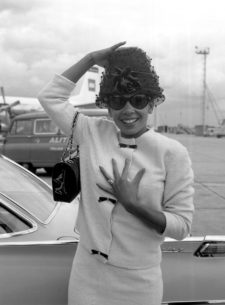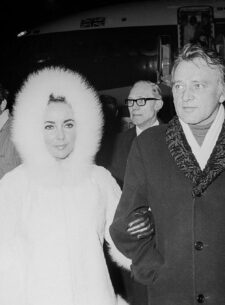The WWD write-up of this show notes that it was so dark, in a literal way — the set was meant to evoke an underground club — that people couldn’t really get a feel for the clothes:
“There were definitely a lot of sequins because they were so easy to hear, but the Fortuny-style crinkles, brushed mohair and lovely surface texture on the tailored jackets simply disappeared into the darkness.”
I wonder if the camera flashes help the clothes stand out in photos in ways they didn’t in person, although there are definitely a few that I think would benefit from better lighting. The Vogue review was much more glowing. Apparently the collection was inspired by several female artistes from 1930s Berlin, all of whom were of a particular progressive nightlife in Germany that included what they would have called “cross-dressing” and opening queer-friendly bars, and the reviewer found the whole experience “unnerving” and “ravishing.” And yes, dark. That piece delves into a very academic analysis of how Erdem parallels contemporary sociopolitical times; it’s clear that he’s leaning away from the froth and furbelows that marked his earlier collections, and it’s interesting at least to see a designer going in that direction when so many others are coming out of Covid and citing optimism and exuberance as their themes. As with most shows, some of this is nice enough or adaptable into something I can live with, and some of it is wacky, like the external bras. But I will say that as someone who decidedly did NOT like his work before, his more streamlined stuff here IS moving in a nice direction for me. The key will be how they translate outside the black box of his venue.

